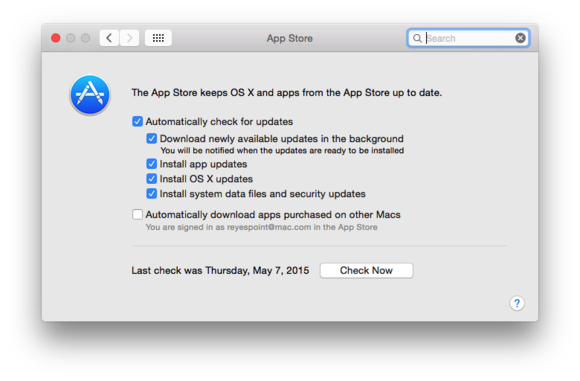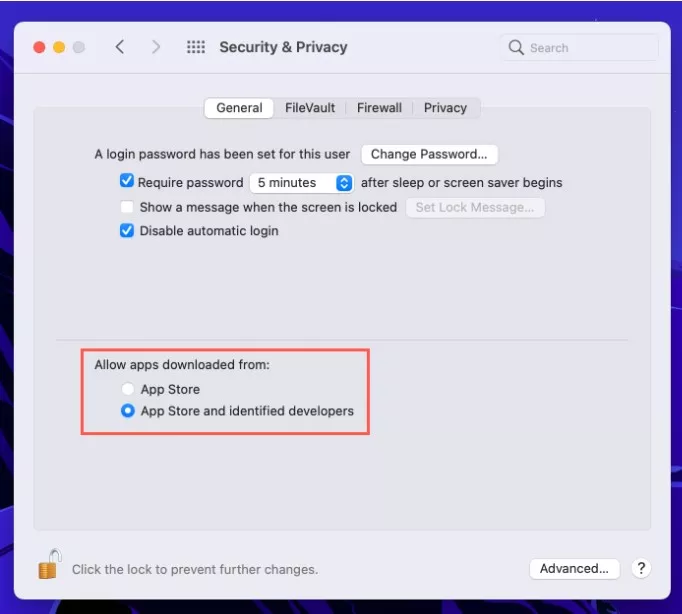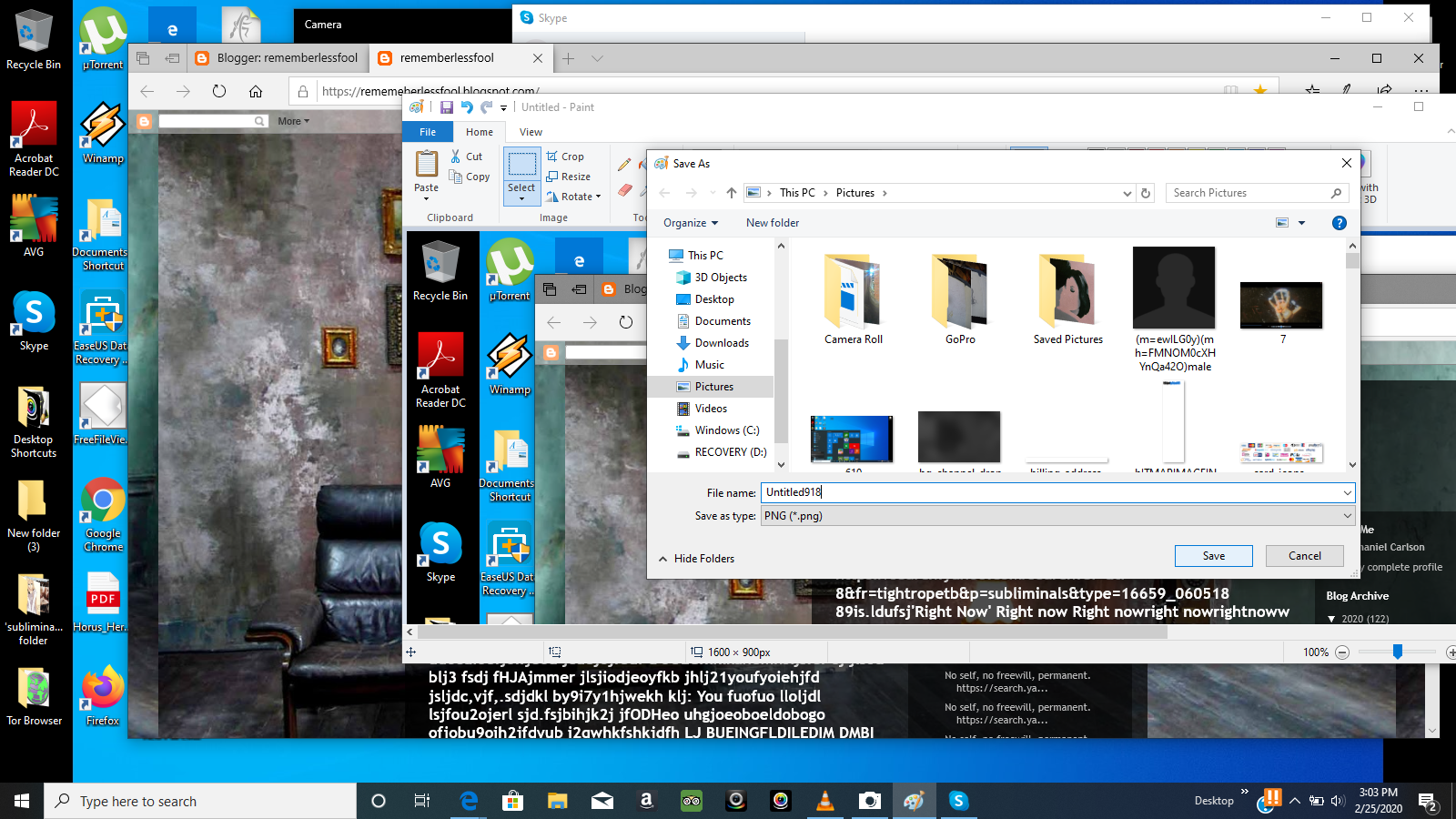- I Think I Downloaded A Virus On My Mac Password
- Mac Virus Removal Free
- What To Do If You Think You Downloaded A Virus Mac
That, my friends, is a list of 30 potentially bad things thatyou guessed it, were found on my Mac while I was running a test virus scan, one of which is a Windows virus. How to Remove a Virus on MacBook Pro. If you think you might have a virus on your computer, don’t worry. It can be unexpected and alarming but there is usually a way to get rid of it safely and quickly. It’s good to know the signs and symptoms of a virus so you can remove it as soon as possible once on your computer. Apple eventually replaced the classic Mac operating system with the new Mac OS X, which came with built-in malware security measures. For instance: Quarantine, introduced in 2007, alerts users if they try to open applications downloaded from the Internet. If so, there's a chance you may have accidentally downloaded some malware, or that somebody has access to your iPhone. Also, if you decided to jailbreak your iPhone to download apps that aren't on Apple's App Store, you have a much higher chance of downloading a virus or malware than you would with a non-jailbroken iPhone.
Signs your Apple ID has been compromised

Your Apple ID might be compromised if you receive an account notification from Apple for a change you didn't make, or if you notice account details or changes you don’t recognize. For example:
- You receive an email or notification that your Apple ID was used to sign in to a device you don't recognize or did not sign in to recently (for example, 'Your Apple ID was used to sign in to iCloud on a Windows PC').
- You receive a confirmation email from Apple that your Apple ID password was changed or your account information was updated, but you don’t remember making any changes.
- Your device was locked or placed in Lost Mode by someone other than you.
- You see messages you didn't send, or items you didn’t delete.
- You see charges or notices for purchases that you didn't make. Learn what to do if you see an unfamiliar iTunes Store or App Store charge on your credit or debit card statement.
- Your password no longer works, or it might have been changed or locked.
- You don't recognize some or all of your account details.
If you received an email, text message, or phone call that you're not sure is valid or you think might be phishing, here are some tips to help determine its legitimacy.
Gain control of your Apple ID

If you think your Apple ID is compromised, use these steps to gain control of it and review your account information:
- Sign in to your Apple ID account page. If you can't sign in or you receive a message that the account is locked when you try to sign in, try to reset or unlock your account.
- Change your Apple ID password and choose a strong password.
- Review all the personal and security information in your account. Update any information that isn't correct or that you don’t recognize, including:
- Your name.
- Your primary Apple ID email address.* If you need to change your email address, update the features and services that you use with Apple ID, so that each one is using your updated Apple ID.
- All alternate email addresses, rescue email addresses, and phone numbers.
- The devices that are associated with your Apple ID, if you've already set up two-factor authentication.
- Security questions and answers. If you think they might be easy to guess, you should change your security questions.
- Check with your email address* provider to make sure that you control every email address associated with your Apple ID. If you don't control the email addresses associated with the Apple ID, you should change the password for the email address or use a different email address.
- Set up two-factor authentication for your Apple ID. This additional security feature is designed to prevent anyone from accessing your account, even if they know your password.
* In China mainland and India, you can use your phone number as your Apple ID.
If you completed the steps above and think your account might still be compromised, contact Apple Support.
Know which Apple ID is signed in to your device
If you're signed in on your device with an Apple ID that you don't recognize, use these steps to sign out, then back in with a different Apple ID. To make sure that you're signed in to Apple IDs that only you control or trust, you can check the following settings on each of your devices:
iPhone, iPad, or iPod touch:
- Settings > [your name]
- Settings > [your name] > iTunes & App Store
- Settings > Messages > Send & Receive
- Settings > FaceTime
Mac:
- System Preferences > Apple ID
- System Preferences > Internet Accounts
- Messages > Preferences > Accounts
- Facetime > Preferences > Settings
- Mail > Preferences > Accounts
- Calendar > Preferences > Accounts
I Think I Downloaded A Virus On My Mac Password
You should also check iCloud for Windows, your AirPort Time Capsule or other AirPort Base Station, and your Apple TV (for iCloud Photos or Home Sharing).


Make sure your Apple ID is secure
Because you use your Apple ID for so many Apple products and services, you should make sure that your Apple ID is as secure as possible. You should be the only person who knows your password and can sign in with your Apple ID. If someone you don’t know or don’t trust can sign in with your Apple ID, your account is not secure.
Your Apple ID might not be secure for the following reasons:

Mac Virus Removal Free
- Someone else created an Apple ID on your behalf, or you’re using an Apple ID that was already signed in when you received your device.
- You’re sharing an Apple ID with family or friends. Your Apple ID is your personal account. If you want to share purchases with a family member, use Family Sharing. With Family Sharing, you can share a calendar, photos, reminders, and more without sharing your Apple ID.
- You don’t recognize the Apple ID that is signed in on your device.
- You shared your password with someone else intentionally or unintentionally. For example, someone else selected your password for you, you told someone your password, or you entered your password on a phishing site.
- You don't have control of the email address or phone number associated with your Apple ID.
- Your password is weak or is compromised.
- You share your devices with someone else, your devices are not protected by a passcode, or your passcode is easy to guess.
What To Do If You Think You Downloaded A Virus Mac
If any of the above are true, you should reset your password as soon as possible and review your account information.